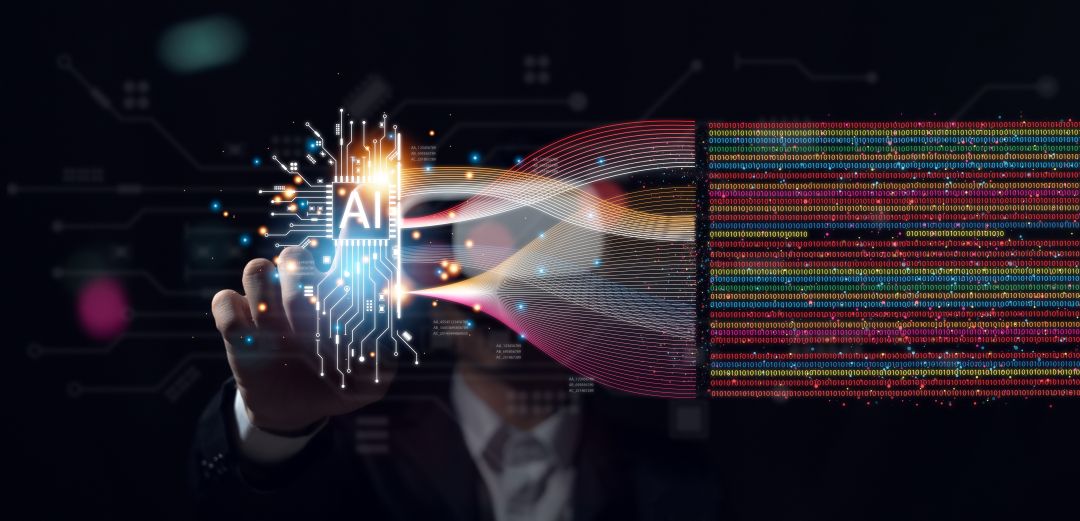September 16, 2025
From Siloes to Sharing: AI’s Role in Supply Chain Transparency
The food supply chain has always been fragmented. Farmers, processors, distributors, retailers, and regulators each generate their own records, often in incompatible systems—or worse, on paper. The result? Gaps, delays, and blind spots that make compliance and collaboration harder than they need to be. Artificial Intelligence (AI) can’t magically erase those siloes. But it can act as the translator, harmonizer, and accelerator that makes supply chain transparency possible.


The food supply chain has always been fragmented. Farmers, processors, distributors, retailers, and regulators each generate their own records, often in incompatible systems—or worse, on paper. The result? Gaps, delays, and blind spots that make compliance and collaboration harder than they need to be.
Artificial Intelligence (AI) can’t magically erase those siloes. But it can act as the translator, harmonizer, and accelerator that makes supply chain transparency possible.
Why Data Sharing Matters
With FSMA Rule 204 and growing consumer demands for transparency, companies can no longer afford to treat traceability data as a closed asset. When data stops at company walls, recalls slow down, compliance falters, and trust erodes. The food industry needs connected data streams that flow across the value chain.
Where AI Comes In
AI thrives on messy, distributed data. Properly applied, it can:
- Standardize records: Translate supplier formats into GS1 identifiers and EPCIS event structures.
- Spot inconsistencies: Flag mismatched lot codes, shipment times, or product IDs before they create bigger problems.
- Enable interoperability: Bridge legacy systems by mapping non-standard inputs to standardized outputs.
- Accelerate collaboration: Help partners share data securely, quickly, and with fewer disputes.
Think of AI as the supply chain’s “universal translator, ”smoothing the rough edges of data exchange.
Real-World Examples Emerging
- Retailers piloting AI tools that align supplier spreadsheets with their ERP systems automatically.
- Foodservice companies experimenting with AI to ingest supplier invoices and transform them into traceability-ready events.
- Tech platforms layering AI on top of blockchain or EPCIS 2.0 feeds to detect anomalies in near real time.
The result? Faster recalls, fewer disputes, and greater trust across the chain.
How to Get Started
- Audit data siloes: Identify where supplier/customer data exchange breaks down.
- Apply standards first: Use GS1 and EPCIS as the baseline.
- Layer AI as a bridge: Deploy AI to normalize formats, flag gaps, and automate sharing.
- Pilot with key partners: Start small—digitize and connect one supplier segment.
The Bottom Line
AI doesn’t replace the need for standards or partnerships—it amplifies them. By making supply chain data shareable and trustworthy, AI unlocks transparency that strengthens compliance, reduces costs, and builds resilience.
👉 Next in the series: “Smart Supplier Management: Predicting Risk Before It Hits.”
Used by the world's leading companies




































Take the First Step
Contact Tim directly to address your traceability and sustainability concerns.






